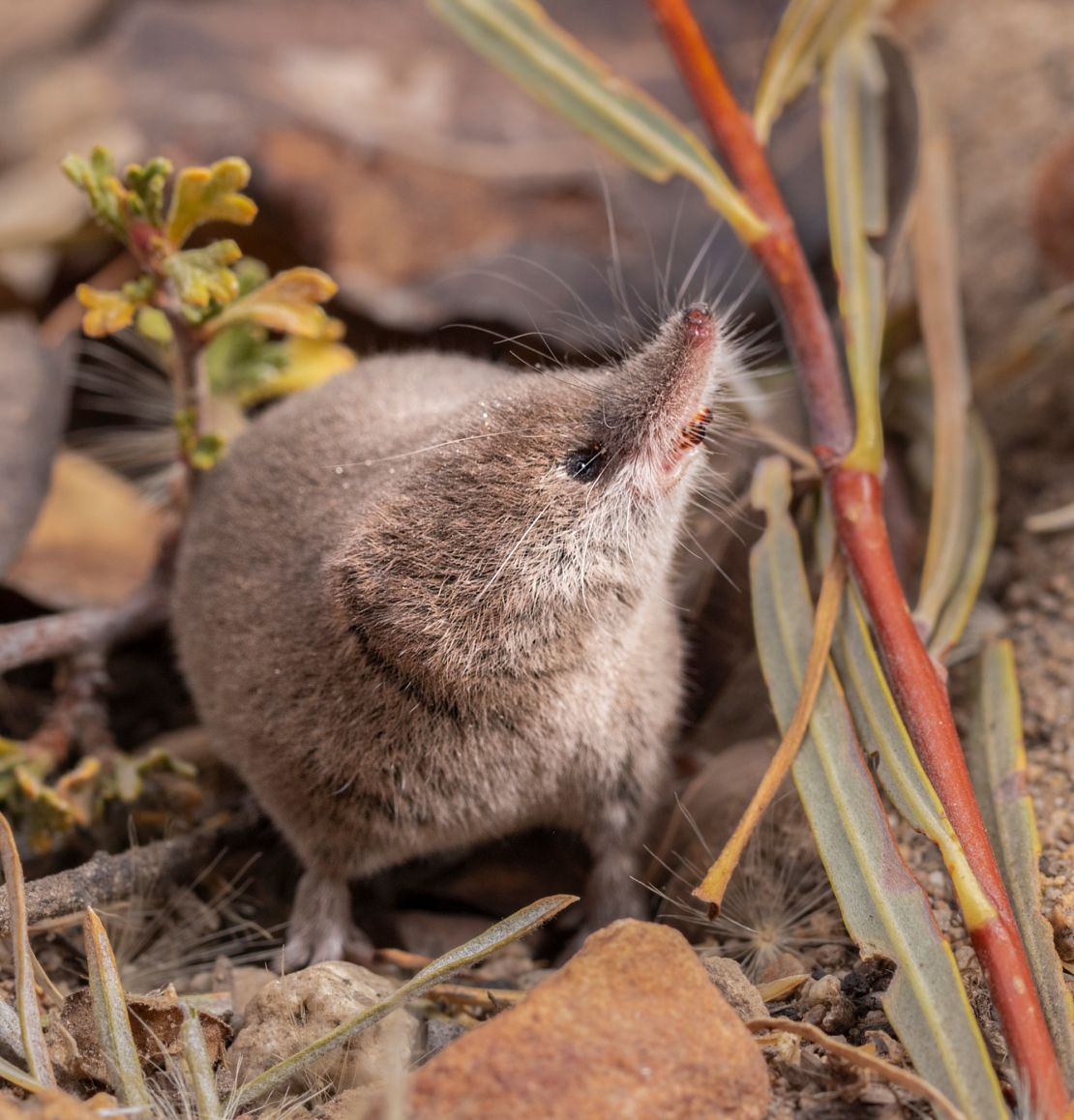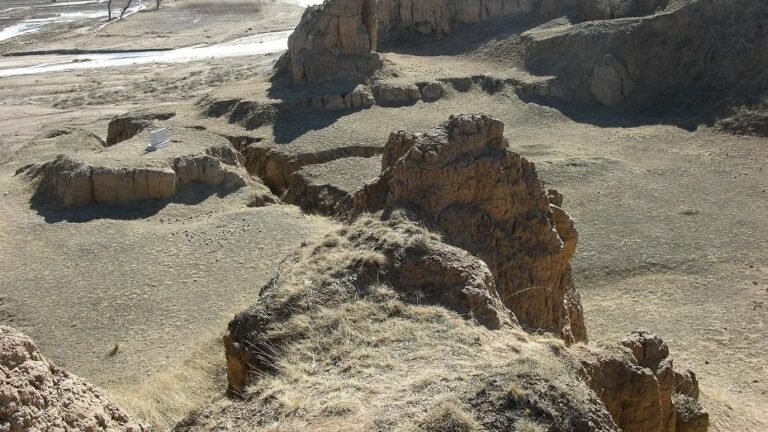Editor’s note: A version of this story appeared in CNN’s Wonder Theory science newsletter. To get it in your inbox, sign up for free here.
And now, the daring OSIRIS-REx mission is bearing scientific fruit.
When the spacecraft completed its long journey home more than a year ago, NASA split up a 120-gram sample, collected in October 2020 from the asteroid Bennu, among researchers around the globe.
This week, scientists who analyzed the rubble reported their first detailed findings. The fascinating results shed light on the origins of life.
Other worlds

Two studies released Wednesday revealed the asteroid contained many of the chemical building blocks of life, such as amino acids and components found in DNA.
Additionally, researchers uncovered salts in the Bennu cache and minerals crucial to life, including some never before seen in asteroid samples.
“This is all very exciting because it suggests that asteroids like Bennu once acted like giant chemical factories in space and could have also delivered the raw ingredients for life to Earth and other bodies in our solar system,” said Dr. Daniel P. Glavin, senior scientist for sample return at NASA’s Goddard Space Flight Center in Greenbelt, Maryland.
Ocean secrets
Corals appear stationary, permanently anchored to rocks or other surfaces on the seafloor.
However, new research has shown that one species of mushroom coral, Cycloseris cyclolites, actively moves toward blue light waves, using a mechanism similar to the pulsing motion of jellyfish.
The reef areas where C. cyclolites live are typically high-energy zones with strong waves and significant competition for space. These conditions force members of the species — measuring up to 3.5 inches (9 centimeters) — to move surprisingly quickly to deeper waters.
These corals, which are common throughout the Indo-Pacific region, begin life in one spot but become more mobile as they mature.
Dig this

Thousands of hours of work can go into a red-carpet gown or royal wedding dress. But those efforts pale in comparison to elaborate beaded outfits made about 5,000 years ago in southwestern Spain.
Archaeologists studying 270,769 shell beads unearthed at the Montelirio tomb, part of the Valencina archaeological site near Seville, believe they were threaded together to make shimmering outfits worn by women.
The collection of beads is the largest documented worldwide and would have taken 10 people working eight hours a day for 206 days, or about seven months, to make.
The spectacular outfits shed light on the formidable status of women, who were buried in the beaded attire, in the prehistoric society that once populated the Valencina site.
Lookup
Just after sundown on January 16, Lori Kaine, a resident of Providenciales, the main island of the Turks and Caicos archipelago in the North Atlantic Ocean, heard a deafening noise and looked up.
“I just never have seen colors like that in the sky,” Kaine said. “At first, I thought it was an actual plane that had exploded.”
In fact, she witnessed the explosion of the upper stage of a SpaceX Starship launch system, the most powerful rocket ever built, that one day may carry humans to the moon and Mars. The spacecraft had broken apart minutes after liftoff from South Texas during its seventh test flight.
Over the next few days, Kaine and other residents found debris from the explosive mishap littering their driveways and beaches.
SpaceX’s response to the incident has drawn criticism, raising broader questions about the company’s approach to developing Starship and its decision to launch the vehicle’s test flights out of South Texas on a path that takes the spacecraft over populated areas.
Meanwhile, Suni Williams and Butch Wilmore, the veteran astronauts at the center of the Boeing Starliner drama, have kept busy on their extended stay, stepping out for a spacewalk after more than seven months in orbit.
Fantastic creatures

The elusive creature pointed its long snout skyward, pausing a moment after eating some mealworms.
The Mount Lyell shrew was unaware it was the first of its species to be photographed by humans — specifically recently graduated wildlife photographer, Vishal Subramanyan, along with student scientists Prakrit Jain and Harper Forbes.
The trio ventured out into the eastern Sierra Nevada and captured six live Mount Lyell shrews (Sorex lyelli). There, the team photographed and observed them before setting them free.
The tiny animal was previously the only known mammal species in California to have eluded human cameras, according to the California Academy of Sciences.
Curiosities
Marvel at these mind-expanding stories.
— A small space rock that lingered near Earth last year may be a chunk of the moon that chipped off thousands of years ago.
— Two buried “supercontinents” hiding inside Earth could be much older than previously thought.
— Scientists have set a new time on the Doomsday Clock, a symbolic attempt to gauge how close humanity is to destroying the world.
— Firefly Aerospace’s Blue Ghost lunar lander is documenting its journey to the moon, and the views are breathtaking.
Like what you’ve read? Oh, but there’s more. Sign up here to receive in your inbox the next edition of Wonder Theory, brought to you by CNN Space and Science writers Ashley Strickland, Katie Hunt, and Jackie Wattles. They find wonder in planets beyond our solar system and discoveries from the ancient world.













